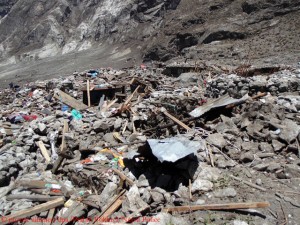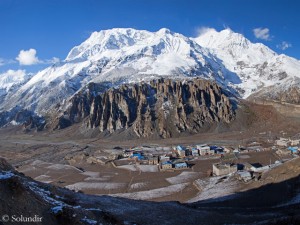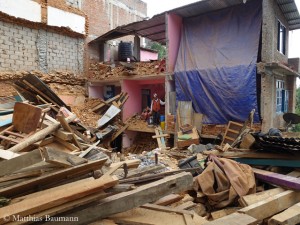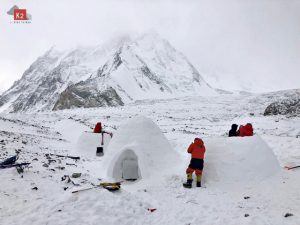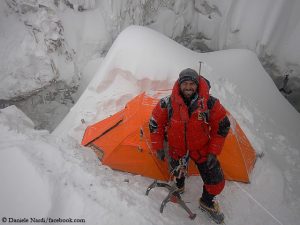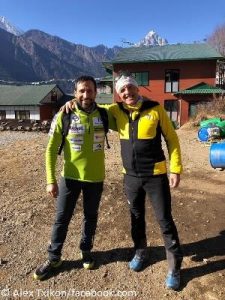Nepal is calling, but who will come?
About 100 seconds were enough to transform Nepal from a dreamland to a nightmare country. The earthquake on 25 April left a trail of devastation. In some mountain regions the quake triggered avalanches of debris, mud, ice or snow that razed entire villages to the ground. According to the Nepalese government, about 500,000 houses were completely destroyed by the main earthquake and numerous aftershocks. The authorities registered to date more than 8,600 deaths. Five German tourists were among the victims, four others are still missing, a spokesman of the Foreign Office in Berlin confirmed to me today. Many dead, buried deep under piles of rubble, will probably never be recovered. What a tragedy.
More than one million jobs in tourism
“The world must go on”, said Ganga Sagar Pant, CEO of the Trekking Agencies Association of Nepal (TAAN). “The tourism products are still there — mountains, flora and fauna, jungles, trails.”
In Nepal, one of the 20 poorest countries in the world, tourism is one of the main sources of income. More than one million jobs depend on it directly or indirectly. The German Foreign Office is currently advising against “non-essential traveling to Nepal as infrastructure and supplies are still overloaded as a result of the earthquake. This is especially true for trips to the Langtang Valley and to the area around Annapurna, which are persistently threatened by further landslides or avalanches.”
Government: Major destinations “safe and intact”
The government in Kathmandu has launched a campaign to avoid that tourism will collapse completely. In view of the next fall season, the Tourism Ministry “used its resources to assess the conditions of major tourism products of Nepal”. They were “safe and intact”, the Ministry informed. That included the most popular trekking routes like the Annapurna Circuit and the Everest trek. “We encourage all tourists to visit Nepal and through this to help Nepalese people who are in trouble in this devastation.”
Most routes are passable
“We tend to be more discriminating, we assess each single region and route”, Manfred Haeupl, head of German trekking and expedition operator “Hauser Exkursionen” wrote to me. “You can not just say: Nepal is safe and intact – the damage is too great. However, some reports are exaggerated. The degree of damage at the UNESCO World Heritage Sites in Nepal reportedly varied from 25 to 70 percent. Which report should we trust?” Dominik Mueller, head of the German operator Amical alpin, refers to information from Nepal, according to which only two of the 35 most popular trekking routes were impassable after the quake. One of them was in the particularly hard-hit area of Langtang, Dominik told me. He was not yet quite sure which was the other route: “I’m still waiting for a reply from Nepal.” Two leading representatives of the German operator DAV Summit Club are staying in Nepal in order to get an idea of the earthquake damage. In early June, Summit Club would inform its customers, Christoph Schnurr, director of product management, wrote to me.
So far, few cancellations
The heads of Hauser and Amical assume that they will be able to realize most of the planned treks they offered for next fall – if not too many customers cancel their bookings. Just now there is no such trend. “We have only a few cancellations. Many are still waiting how the situation develops in the region they want to travel to”, Manfred Haeupl, the owner of Hauser, wrote. There were also new bookings with explicit reference of the customers that they wanted to prove their solidarity with Nepal, said Manfred, adding however, that most customers would not book before summer. “In recent days, our office has got more and more requests”, said Dominik Mueller, head of Amical. “There are divided opinions. Some say that they don’t want to spend their holidays in a country where people suffer. Others – and this is the greater part – want to travel to Nepal in any case, next fall and in the future too. I personally think that the best way to help Nepal is by realizing the planned trips in fall. Doing this, you give the people in Nepal a new task and new hope. And last but not least you directly pay the man on the street.”



